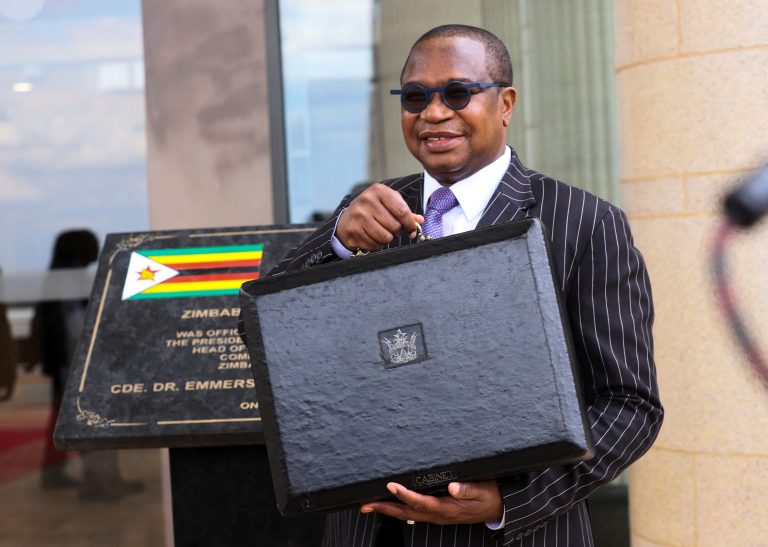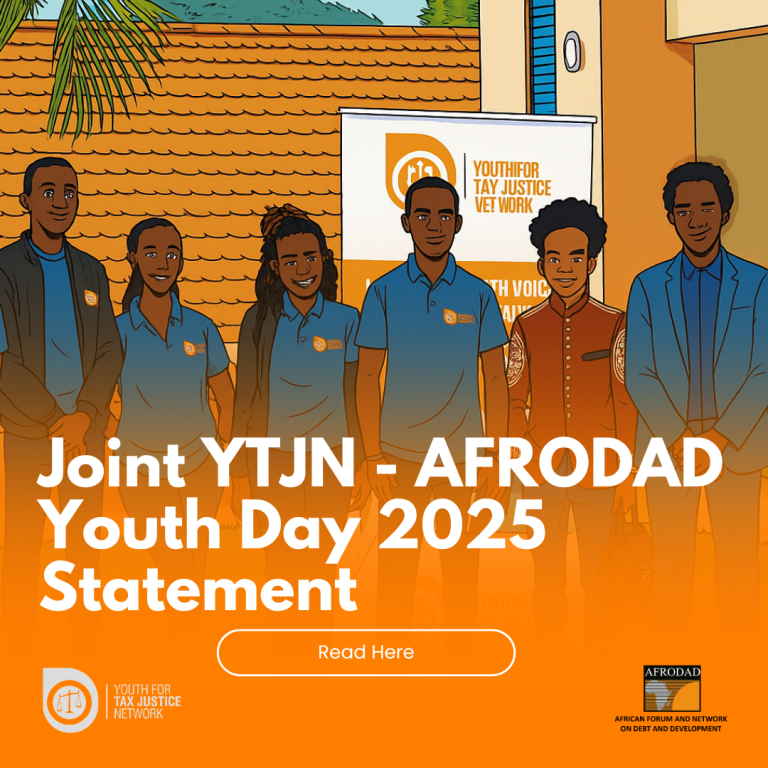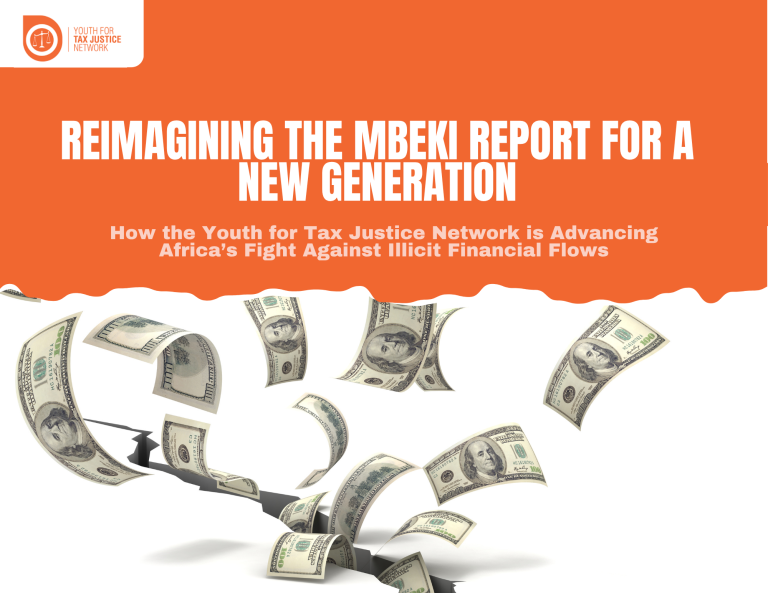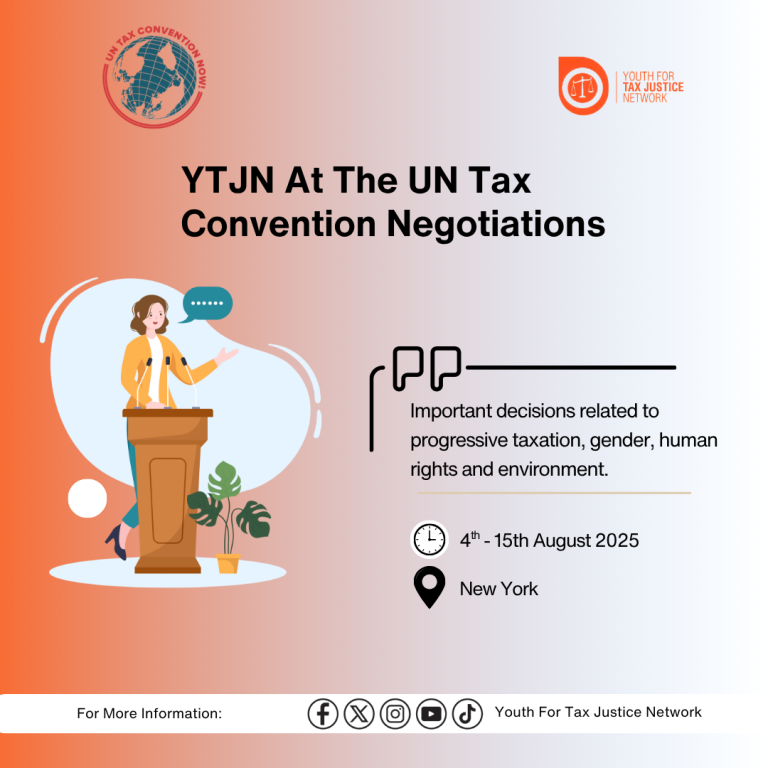The United Nations Framework Convention on Climate Change (UNFCCC) hosted its 29th Conference of the Parties (COP29) in Baku, Azerbaijan, from November 11–22, 2024. World leaders, decision-makers, and interested parties convened at the summit to deliberate and reach a consensus on international initiatives to tackle climate change. The agreement on climate funding, which is crucial for aiding low-income nations in their attempts to prevent and adapt to climate change, was one of the major accomplishments of COP29.
An essential component of international efforts to combat climate change is climate finance. To encourage sustainable development, adjust to the effects of climate change, and switch to renewable energy sources, low-income nations need substantial financial assistance. Adopted at COP21 in 2015, the Paris Agreement acknowledges the significance of climate finance and aims to raise $100 billion annually for developing nations by 2020. Some reports suggest that the target hasn’t been reached, though, and low-income nations continue to face major obstacles in obtaining climate finance.
However, there are some reports that suggest that this target was met albeit late. For example, the Centre for Global Development (2024) contended that if the target was to provide over $100bn in climate finance, we find that it was met in 2022. While it’s encouraging to hear that some reports suggest the target was met, albeit late, the reality is that low-income nations are still struggling to access climate finance. The Paris Agreement’s goal of mobilizing $100 billion annually for developing countries by 2020 was not met on time, and the gap in climate finance remains a significant obstacle for vulnerable countries. This makes it crucial that developed countries and international institutions prioritize climate finance and provide tangible support to low-income nations to help them adapt to the impacts of climate change and transition to renewable energy sources
There are conflicting results from COP29 on climate finance. The Global Climate Finance Accelerator, which aims to raise $1 trillion in climate finance by 2030, was one of the new climate finance projects introduced at the summit. Furthermore, additional climate funding pledges of more than $20 billion were announced by a number of nations, including the US, the EU, and Japan. These declarations are important because they show how committed industrialized nations are to helping developing nations take climate action.
The new target set during COP29 of $300 billion per year is a significant development in climate finance. This goal, which is triple the previous target, aims to mobilize much-needed finance for developing countries to cut emissions and address the mounting impacts of climate change. While this target is an important step forward, it’s essential to acknowledge that it falls short of the actual needs of developing countries. However, despite these positive developments, conflicting results from COP29 on climate finance highlight the ongoing challenges in this area. The outcome of COP29 has been met with mixed reactions, with some developing countries expressing disappointment that wealthier countries did not pledge more significant financial support
The climate finance outcomes of COP29 fall short of what low-income nations require. The amount of climate funding that has been raised so far is far less than what is needed. The Paris Agreement’s $100 billion target was not met by the $78 billion in climate finance that was raised in 2022, according to the OECD. Furthermore, since a large portion of the funds raised are loans, which can make debt loads in low-income nations worse, the quality of climate finance is also an issue. Low-income nations are significantly impacted by the inadequate climate finance outcomes of COP29.
These nations are suffering greatly as a result of climate change, which is affecting agriculture and food security through altered weather patterns and an increase in natural disasters. These nations will find it difficult to adjust to the effects of climate change and make the switch to renewable energy sources if they do not have enough climate money. This will undermine the attainment of the Sustainable Development Goals (SDGs) by making poverty, inequality, and social injustice worse.
The conclusions of COP29 on climate finance have important ramifications for young people, who are important participants in the conversation about climate change. Since they will inherit a world already suffering from catastrophic climatic impacts, young people are disproportionately impacted by climate change. The loss of jobs and financial prospects is one of the biggest effects of climate change on youth. The International Labor Organization (ILO) estimates that by 2030, climate change may cause up to 24 million jobs to be lost worldwide, with young people being disproportionately impacted. For instance, it is predicted that by 2030, climate change would cause up to 37% of agricultural jobs in Africa to disappear, which will have a catastrophic effect on young people who depend on agriculture for a living.
Youth are also greatly impacted by climate change due to the loss of educational and skill-building opportunities. The United Nations Children’s Fund (UNICEF) estimates that by 2050, climate change would cause up to 1.8 billion school days to be lost worldwide, which will have a catastrophic effect on the education and skill-building of young people. For instance, more than 200,000 children in Malawi have been impacted by the closure of more than 1,000 schools due to climate-related calamities. The health and wellbeing of young people are significantly impacted by climate change as well. According to the World Health Organization (WHO), young people’s mental health, respiratory, and heat-related disorders are expected to rise as a result of climate change. For instance, heatwaves in Pakistan have increased the number of young people suffering from heat-related illnesses; in 2015 alone, more than 2,000 people lost their lives to heat-related ailments. The Paris Agreement’s $100 billion target was not met by the $78 billion in climate finance that was raised in 2022, according to the OECD. This means that the amount of climate money that is now being raised is far less than what is needed.
Young people’s efforts to combat climate change are hampered by the inadequate results of COP29 on climate financing. Young people in low-income nations may find it difficult to access economic, medical, and educational opportunities without adequate climate funding, which will hinder their capacity to flourish and realize their full potential. Furthermore, the already severe ecological effects that young people are facing—from more frequent natural catastrophes to changing weather trends that harm agriculture and food security—will be made worse by a lack of climate finance.
Governments, legislators, and other stakeholders must give climate financing top priority and back programs that encourage youth-led climate action in order to address the effects of climate change on young people. This include funding youth-led climate projects, encouraging young involvement in climate decision-making, and endorsing climate change-focused education and skill-building efforts.
In conclusion, low-income nations’ requirements cannot be adequately met by the climate financing achievements of COP29. The amount of climate money that is now mobilized is much less than what is needed, and there are also concerns about the quality of this funding. Low-income nations and young people, who are important participants in the climate change conversation, will be greatly impacted by the inadequate climate finance outcomes of COP29. Governments, decision-makers, and interested parties must collaborate to raise enough climate funds to aid low-income nations in their attempts to mitigate and adapt to climate change.






